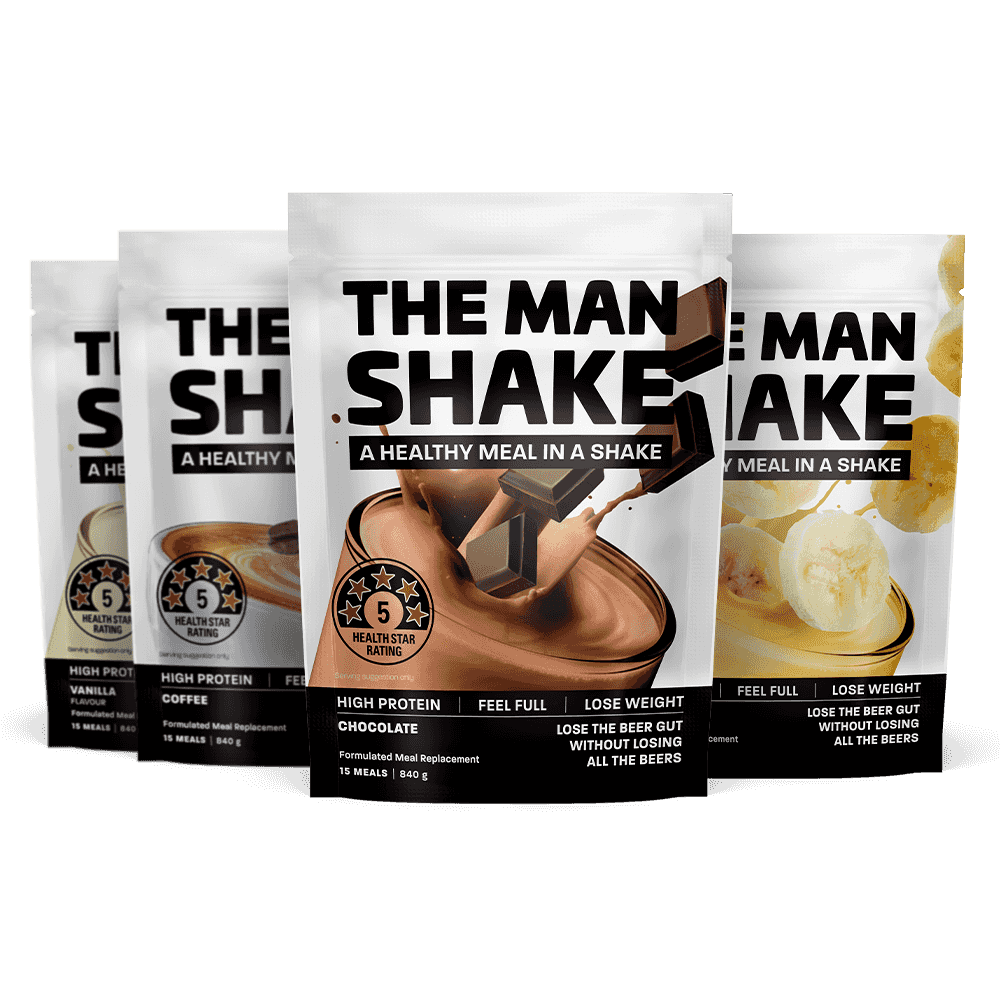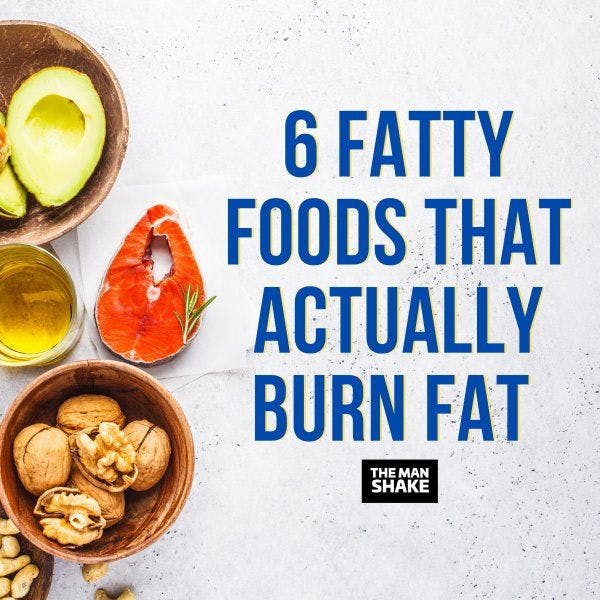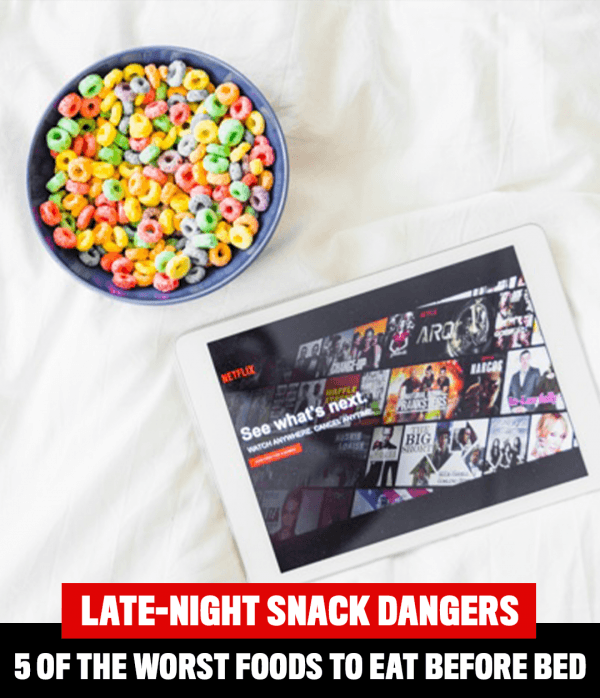Why You Need To Reduce Your Salt Intake
•Food - general

Share
Salt. It’s the world’s favourite flavour enhancer. Yet, while it can taste great, many people consider this white substance to be a silent killer, with the World Health Organisation linking an average of 1.89 million deaths each year to excessive sodium consumption.
Why Is Salt Bad For You?
While everybody needs some salt to maintain a proper balance of water and minerals and keep our muscles healthy, too much of the old sodium chloride can be potentially dangerous, leading to high blood pressure, heart disease and strokes.
How Much Salt Should We Eat Per Day?
The World Health Organisation believes that we are all consuming too much sodium in our modern diets, and we should make a conscious effort to reduce our intake. According to the WHO, adults should aim to consume less than 2000 mg of sodium per day, or just under a teaspoon.
To reduce our intake, the WHO recommends that humans eat fresh and unprocessed foods, consume low-sodium products, cook with little to no added salt, and use herbs and spices to flavour their food.
But what foods are high in sodium? Let’s check out some supermarket staples we may need to reconsider eating.
Soup
Pre-prepared soup, including canned and packaged soup, is often chock-full of sodium. Healthy soups should contain about 300-600mg of sodium per serving, however, a serving of Heinz Big N Chunky Beef & Vegetable Soup contains 768mg per serving. If you want soup, you should ultimately make your own and make sure that it's packed with fresh vegetables.
Cheese
While cheese can be high in calcium, it can also be quite salty. For example, Woolworths Tasty Cheese Slices contain 652mg of salt per 100g. Likewise, their Essentials Parmesan Cheese contains 130mg per 5g serving. If you still want to eat cheese without all the salt, dietitians advise eating fresh mozzarella, Swiss cheese, ricotta, or no-added-salt cottage cheese.
Salad Dressing
As it turns out, some salad dressings are quite salty as well. Praise French Original Salad dressing contains 214mg of sodium per 20ml serving, which isn’t exactly ideal for people battling high blood pressure. If you’re looking to spruce up your salad without all the salt, just opt for some extra virgin olive oil and plain balsamic vinegar.
Stock
While stock is often a tasty additive to many sauces and stews, the sad truth is that it is generally very salty. For example, Campbell's Real Chicken Liquid Stock contains a whopping 1120mg of sodium per 250ml serving, while even its salt-reduced equivalent comes in at a sizeable 625mg per serving.
Processed Meats
Foods like bacon, sausages, ham, meat pies and sausage rolls add a stack of salt to your diet and thus should be eaten in strict moderation. Alternatives for these processed meats include tuna and eggs, which could replace ham in your sandwiches. Likewise, it’s advised that you replace bacon with mushrooms in a hot breakfast.
Pretzels & Potato Chips
Does this really come as any surprise? Not only can these treats be unfriendly to your waistline, but they’re also packed full of salt. A packet of Thins Original chips contains 478mg of salt per 100g, while Parker's Mini Baked Pretzels contain 559mg per 100g. A tasty and far healthier option you could try is baked kale chips.
Sauces
Tomato sauce, soy sauce and BBQ sauce can all be pretty salty. For example, 15ml of Masterfoods tomato sauce contains 124mg of sodium per 15ml serving, while an equivalent serving of their BBQ sauce contains 170mg. Then there’s Kikkoman Soy Sauce which contains an incredible 1020mg of salt per 15ml serving. If you want to continue using these types of sauces, there are salt-reduced equivalents, but be warned, they’re still quite high in sodium content.






